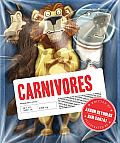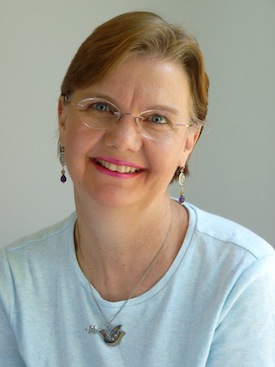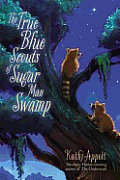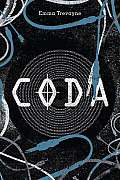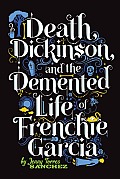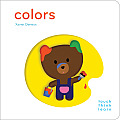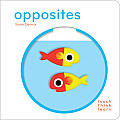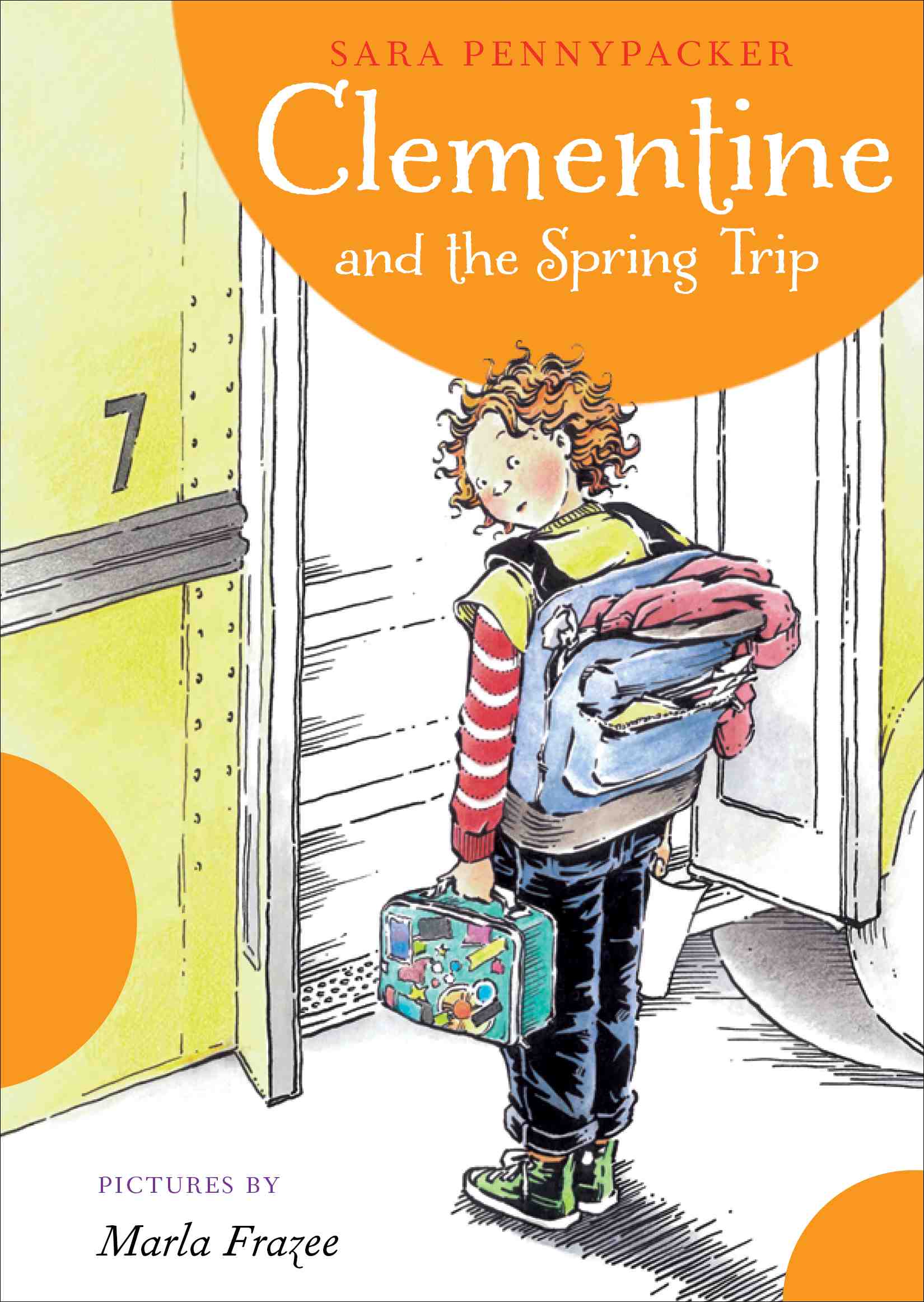Recently I got an email newsletter from Katie Davis, one of my favorite kidlit authors and educators about how toddlers are great pre-readers. Katie is funny, energetic, and full of great ideas about kids and reading. She agreed to let me share her message with you; it’s a good reminder that almost anything can lead to an opportunity to share books with your kids while tapping into something that makes them really excited. Read on to hear what Katie has to say. And if you’d like to get more messages and tips like this from her, you may want to sign up for her newsletter yourself. She even gives a free gift when you subscribe.
You know, Kidlit Lover, an obsessed toddler is the perfect pre-reader.
Why?
Toddlers get obsessed.
- Trucks? CHECK!
- Firefighter hat? CHECK!
- Pink tutu? CHECK!
Almost every parent has countless stories to tell about their child’s obsessions and the funny stories that came about because of them.
Pack a lunch: you might be stopping at every construction site you see to sit for a while and watch.
Get a nose plug: don’t EVEN try to take off that firefighter hat to wash hair!
Buy a comfy couch: you’ll be watching that new ballet movie 17 times straight. And 42 times later after that.
We’ve all been there, in one way or another. Whether it’s construction or trains or Princess Barbie, the drill is the same. Our kids live it and breathe it until we think we just can’t stand it. I was lucky. Benny got obsessed with a teeny tiny guitar when he was two—to the point that he was sleeping with it as though it were a teddy bear! We picked up a VHS blues guitar video at a yard sale and he watched it until I almost (but not quite) stopped loving my favorite music!
So how is an obsessed toddler is the perfect pre-reader?
- When little Jimmy wants nothing but more trains, trains, trains give him just that. Go to the library and lead him to all those delectable books about trains. If his name isn’t Jimmy, it’ll be harder. 😎
- Get your child their own library card and let them begin to check out a few books at a time. Make sure to explain that you guys can go back and check out more books when they’ve been read (probably ad nauseum)! They’ll begin to understand the concept of libraries, the borrow system, and that the books are not theirs to keep…and that they can always get new ones!
- Let your child not only pick books you read together, but also decide what and how long you read a specific book. It’s okay if they want to stop in the middle – prolonged attention spans haven’t kicked in yet!
- They might want to just look at it all by themselves or better yet, let them “read” to you!
Catch your kid at being good!
- Gift a new book about trucks/hats/tutus/whatever
- Put it on their pillow as a surprise bedtime story surprise.
- Earn star stickers for a new book.
- Buy books at yard sales.
What do you do if your child expresses no interest in books at all?
- Leave piles of books all over the house, within reach. (If it’s a paper book and they need supervision, you can leave it on a high shelf where it is still visible.)
- Keep a bunch of books in the car. Don’t push your kid to read them – just have the books within reach.
- When you do have that picnic as you watch the construction site, read the book about trucks right then and there.
- Leave books just lying around and let them discover it or re-discover it on their own.
Forcing a child to sit down and listen to a book before they’re ready will send the wrong message. You don’t want them to start to see it as something to dread, not cherish. And if they get a cuddle with you, it’ll soon be something they’re begging for.
If all else fails, grab a truck, a firehat, and a tutu and get that kid obsessed!
Warmly,


